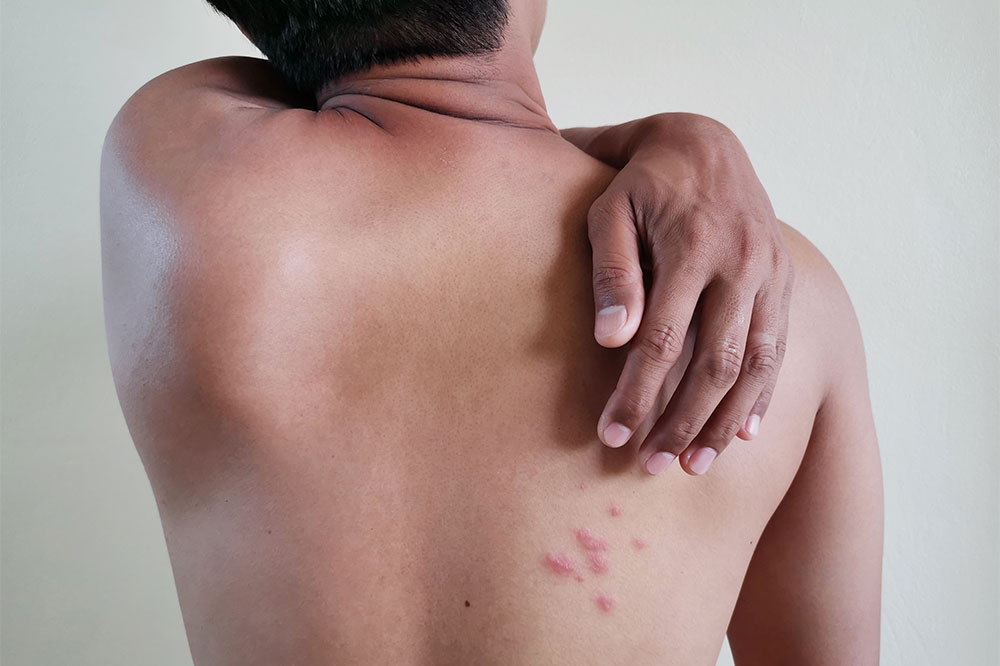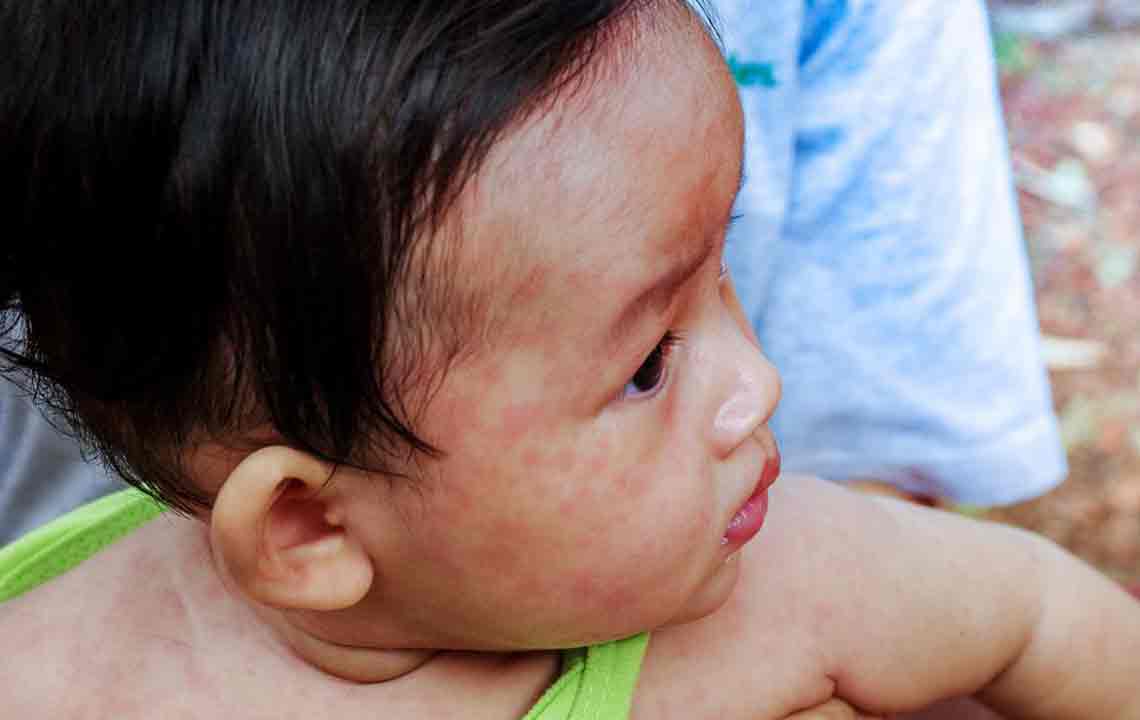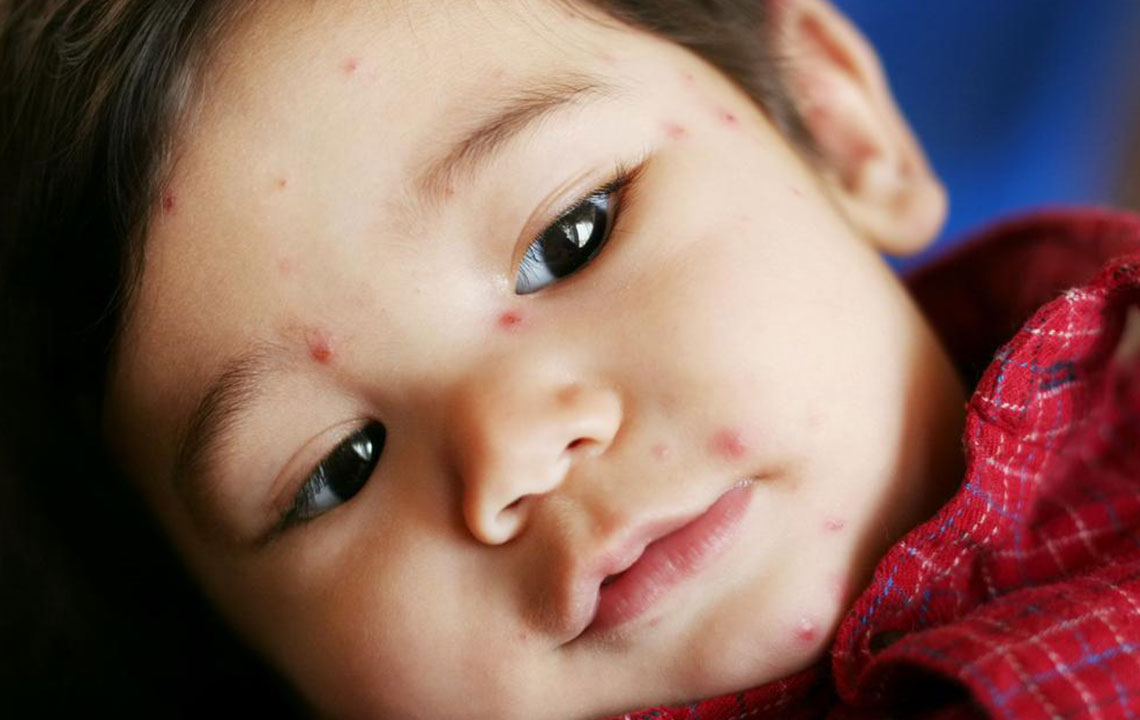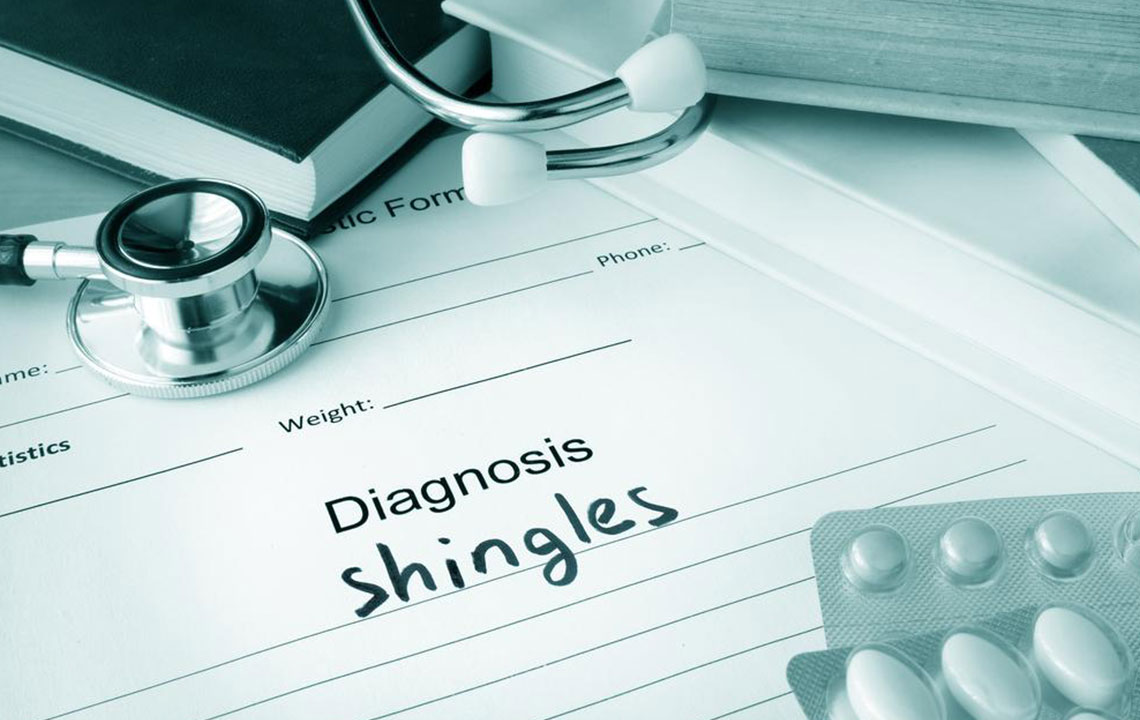Comprehensive Guide to Preventing and Managing Shingles Effectively
This comprehensive guide provides in-depth strategies for managing and preventing shingles effectively through early treatment, at-home care, and vaccination. Understand the causes, symptoms, and best practices to reduce discomfort and avoid complications of this painful skin condition.

Comprehensive Strategies for Preventing and Managing Shingles
Shingles, medically recognized as herpes zoster, is a painful skin condition caused by reactivation of the varicella-zoster virus, the same virus responsible for chickenpox. Even after recovering from chickenpox, this virus stays dormant in the nerves and can reactivate years later, leading to shingles. While there is currently no definitive cure for shingles, timely diagnosis combined with effective treatment strategies can significantly alleviate symptoms, reduce severity, and prevent complications. Understanding the best practices for prevention and management is crucial for anyone concerned about this condition.
Understanding Shingles: Causes and Symptoms
Shingles typically presents as a painful rash with blisters, often appearing on one side of the body or face. The initial symptoms may include burning, tingling, or numbness in the affected area, followed by pain, sensitivity to touch, and sometimes fever or fatigue. Precise diagnosis by a healthcare professional is essential to initiate proper treatment early, especially because early intervention can reduce the risk of long-term nerve pain (postherpetic neuralgia).
Pharmacological Treatments for Shingles
Antiviral Medications
Medications like Acyclovir, Valacyclovir, and Famciclovir are cornerstone treatments for shingles. These antiviral drugs work best when administered within the first 72 hours from the appearance of rash symptoms. They help to lessen the severity and duration of the outbreak and decrease the risk of complications. Healthcare providers often prescribe dosages depending on the patient's age, health status, and severity of symptoms. Early antiviral therapy can also diminish the likelihood of postherpetic neuralgia, a chronic nerve pain condition that can linger after the rash heals.
Pain Relief and Symptom Management
The intense pain associated with shingles can be managed with various therapies. Over-the-counter pain relievers like acetaminophen or NSAIDs (ibuprofen, aspirin) are common choices. For more severe pain, doctors might prescribe stronger medications, including corticosteroids or nerve block injections. Topical agents like capsaicin patches or lidocaine patches can numb localized pain. Adequate pain control is vital not just for comfort, but also for preventing psychological distress and aiding in the overall healing process.
Effective At-Home Care Strategies to Support Healing
Proper hygiene is essential; keep the affected skin clean and dry to prevent secondary bacterial infections. Gently washing with soap and water can help maintain cleanliness without irritating the skin.
To soothe itching and discomfort, cool baths or showers with lukewarm water are recommended. Avoid hot water, which can worsen skin irritation, and icy water, which may cause further pain or skin damage. An oatmeal bath, lasting around 15 minutes, can provide additional relief by soothing inflamed skin.
Applying a moist, clean cloth to the affected areas can help reduce pain and inflammation. Make sure the skin is gently cleaned before applying any cooling measures.
Dermatologists often suggest using calamine lotion to dry out blisters and slow the spread of rash. It can also provide a soothing effect on the skin.
Natural remedies like manuka honey, known for its antiviral and healing properties, may assist in reducing symptoms when applied appropriately.
Essential oils such as tea tree, lavender, geranium, or lemongrass—diluted in carrier oils like coconut or almond oil—can help diminish itching and pain. Always perform a patch test before extensive use to prevent allergic reactions.
Preventive Measures Against Shingles
Prevention is always better than treatment, especially with a disease as painful as shingles. Vaccination remains the most effective preventative strategy. Two main vaccines are available: Zostavax and Shingrix. The CDC recommends Shingrix as the preferred vaccine for most adults over 50, owing to its higher efficacy and longer-lasting immunity.
Shingles vaccines significantly reduce the risk of developing the condition by about 50% to 90%. A single dose of either vaccine can offer substantial protection, especially when combined with good hygiene practices and overall health maintenance. Even if you previously received Zostavax, getting the Shingrix booster is advised to enhance immunity.
Besides vaccination, maintaining a healthy lifestyle, managing stress, and controlling underlying health conditions such as diabetes are crucial in lowering the risk of shingles outbreaks. Prompt medical attention at the first signs of a rash can also help minimize severity and duration.





